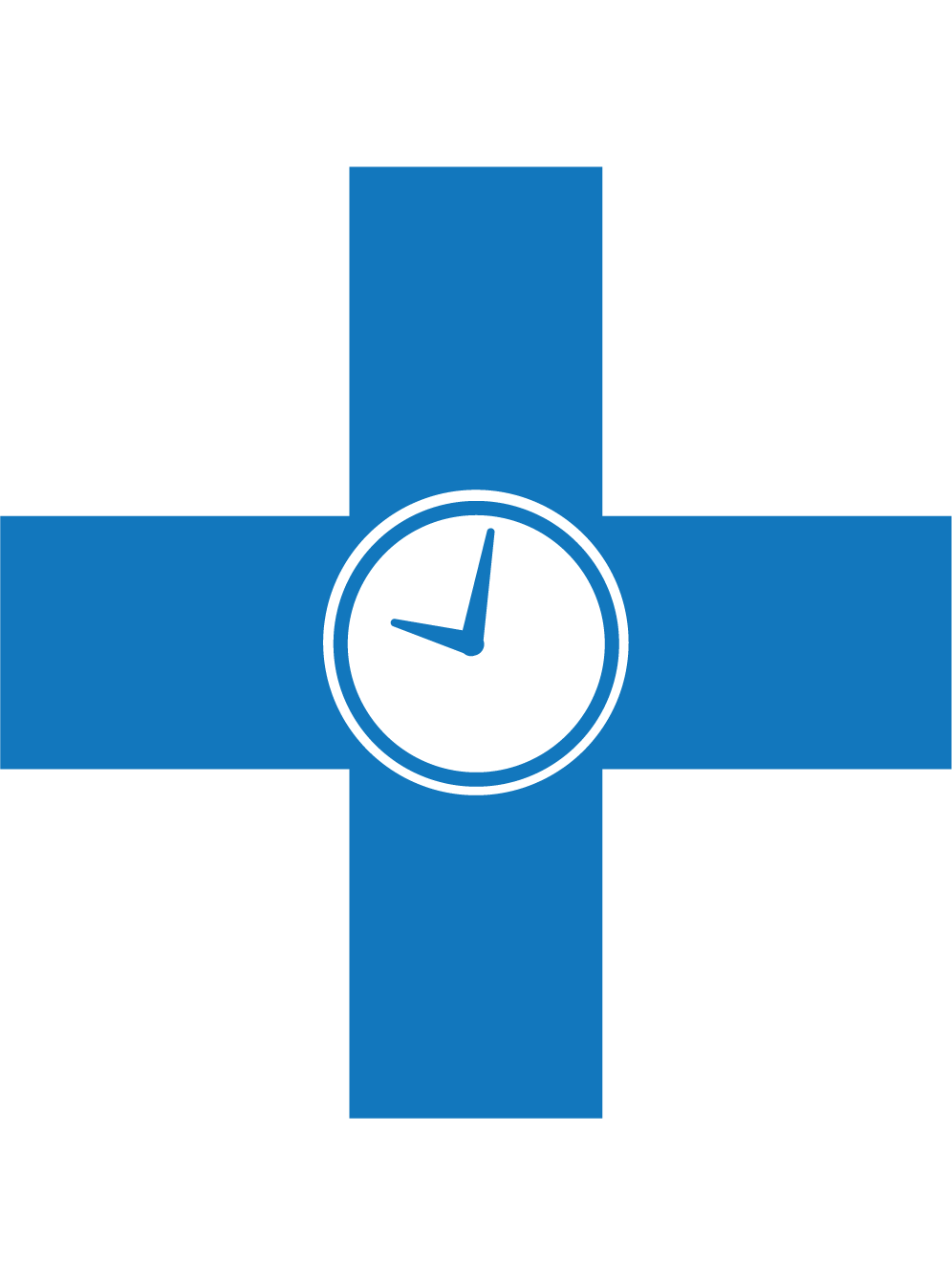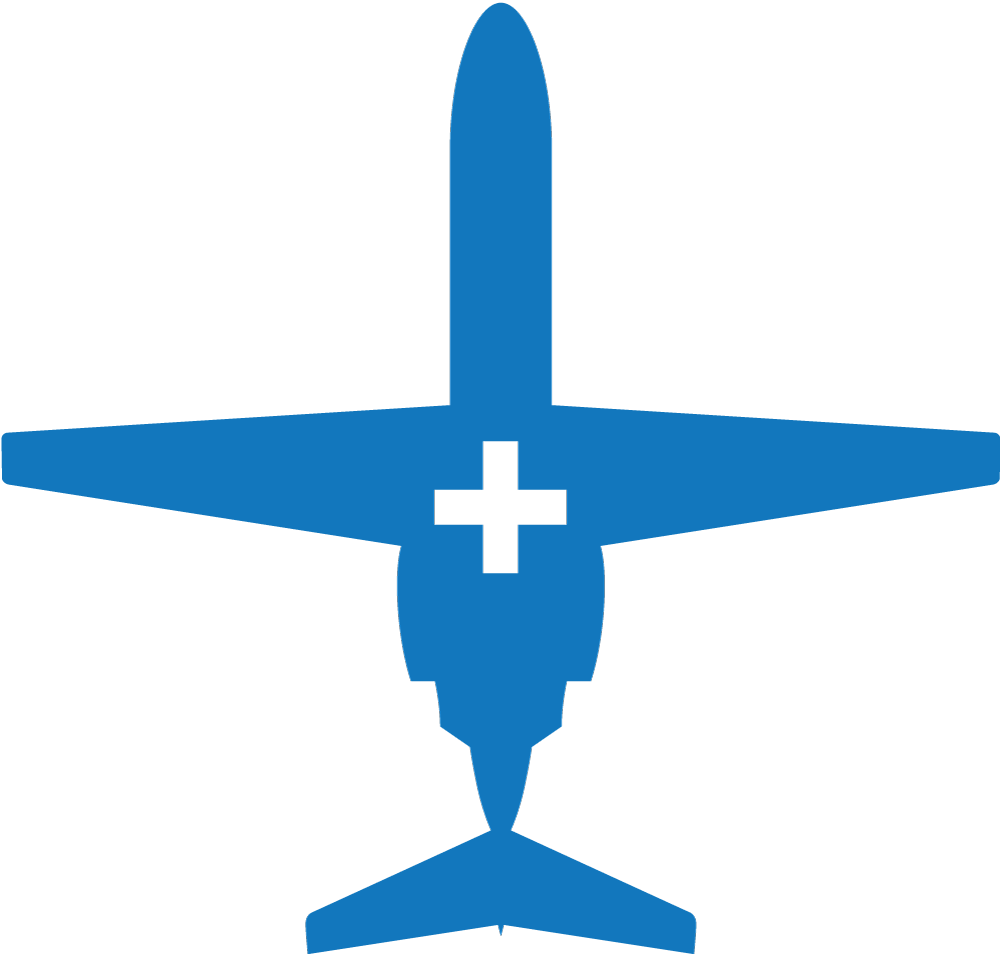↩ Back
Private jet critical to saving more lives
Aircraft allows Indiana Donor Network to accept more patient organs
In August 2015, a donor in New Mexico matched up with a patient in Indiana who needed a pancreas to save his life. Pilots for the Indiana Donor Network scrambled into action, taking off in the organization’s private aircraft, a jet.
The Indiana Donor Network is a vital link between donors and people waiting for organ transplants. Years ago, donated organs from faraway places had a higher chance of going to someone other than an Indiana resident. And if they did go to patients in the Hoosier state, it required long, risky trips. With its private jet, a new Cessna® Citation® CJ3®, the agency is saving many more lives.
“Flying to New Mexico is a long trip. We wouldn’t have been able to do that before. With the CJ3, we can accept organs that we normally wouldn’t have been able to because, before, we would have had to wait three hours for a charter operator to fly in and pick up our teams and then fly out. That’s just too long,” said Steve Johnson, chief operating officer for the Indiana Donor Network. “Now, our guys are ready to go, and we can blast off in 30 minutes. That saves us an enormous amount of time and makes a huge impact in better outcomes and saving lives.”

More than 109,431 people in the United States are waiting for a lifesaving organ.

More than 1,100 of those patients are in Indiana.
Source: UNOS, August 2020
Before putting its private jet in service in January 2014, the Indiana Donor Network relied on a costly and cobbled collection of charter operators. The process was cumbersome and inefficient. With his experience and background as a clinician, pilot and Part 135 operator, Johnson relied on his more than 20 years’ experience in air medical and critical care transport to examine the Indiana Donor Network’s aviation services and make recommendations.
“We found that the organization was using brokers. It was getting very poor service. At 1 a.m., the medical team would need to take an organ somewhere, but they never knew what type of aircraft they would get,” Johnson said. “The aircraft were unreliable and would break down. The staff wasn’t knowledgeable about how to evaluate an operator’s quality standards, pilot training or insurance.”
“Imagine going out to the aircraft that has a team on board. A patient is in desperate need, and you have to keep the organ’s cold ischemic time to a minimum. You have to get back fast, but the aircraft doesn’t start. Now you have to try to find someone to come out and pick you up. You can imagine the delays and damage that causes. We decided we would start our own aviation group with our own aircraft.”
“In 2014, our first year of operations with our CJ3, we moved some 250 organs and flew 124,789 miles, the equivalent of more than five times around the earth.”Steve Johnson, COO for the Indiana Donor Network
Choosing the right aircraft
Johnson analyzed the organization’s mission profile, looking at the number of flights and passengers, as well as the range and operating costs to choose an aircraft that most closely matched the group’s needs.
“It was really a no-brainer with the CJ3’s efficiency, speed and reputation for being a reliable aircraft. It’s just a very versatile aircraft. It has good, long legs so we can go anywhere in the country, and good high-hot capabilities. It can also get in and out of short runways. It’s the aircraft that was the most versatile for us,” he said.
The CJ3’s affordability and capabilities have helped stabilize and reduce the organization’s aviation expenses, according to Johnson.
“The CJ3’s well-deserved reputation of reliability couldn’t be more important considering our mission. It does drive down the costs because of the way we operate. But, more importantly, how many more lives will we be able to save, and how many more better outcomes did we have because of the time we saved? It’s in these critical areas that we’re positive the CJ3 has made a significant impact,” he said.
 “If you call a charter operator and say you need to move a team, you’re going to pay a premium for that. The CJ3 is just a very efficient aircraft, one of the most efficient light jets out there.”Steve Johnson, COO for the Indiana Donor Network
“If you call a charter operator and say you need to move a team, you’re going to pay a premium for that. The CJ3 is just a very efficient aircraft, one of the most efficient light jets out there.”Steve Johnson, COO for the Indiana Donor Network
Designing a more efficient system
The Indiana Donor Network set up a separate 501(c)(3) non-profit for the aviation services. Called No Life Wasted, the aviation program includes a specially modified CJ3 and six full-time pilots and partners with Indiana Donor Network’s in-house medical team.
In July 2014, the Indiana Donor Network rushed the first-ever breathing lung transplant onboard the jet. Instead of using an ice cooler, doctors placed donor lungs in a special device called a portable lung perfusion system that keeps oxygen and blood flowing at a normal body temperature. Akin to a mini intensive care unit on wheels, doctors can monitor the lungs and conduct blood tests — all while en route. Researchers are testing the new technology in hopes of saving more lives.
“We’ve configured the CJ3 to allow space for not only the organs but special equipment, too. You can’t just call up a Part 135 service and have them be able to provide that for you. With the aircraft and the way we have it configured, we have the ability to be on the leading edge of innovation,” Johnson said.
With its recent success, the Indiana Donor Network is looking to expand the aviation program. Johnson is spending time educating other organ procurement organizations about how to create their own aviation programs.
“The best case scenario is zero time from donor to recipient, so the quicker we can get the organs where they need to be, the better the outcomes and the more lives we can save.”Steve Johnson, COO for the Indiana Donor Network
“We believe that it would make sense, regionally, for us to have a large fleet of aircraft that are dedicated not only to our program but also to other OPO programs. Instead of charter companies, we could provide the critical aviation services. We understand the mission. Our pilots are trained. Our aircraft are specially equipped,” he said.
As for the organization’s trip to New Mexico, the Indiana Donor Network spent nearly six hours in the air, covering 2,082 miles round trip to bring the organ back to Indiana. The jet’s speed was a critical factor in the mission’s success.